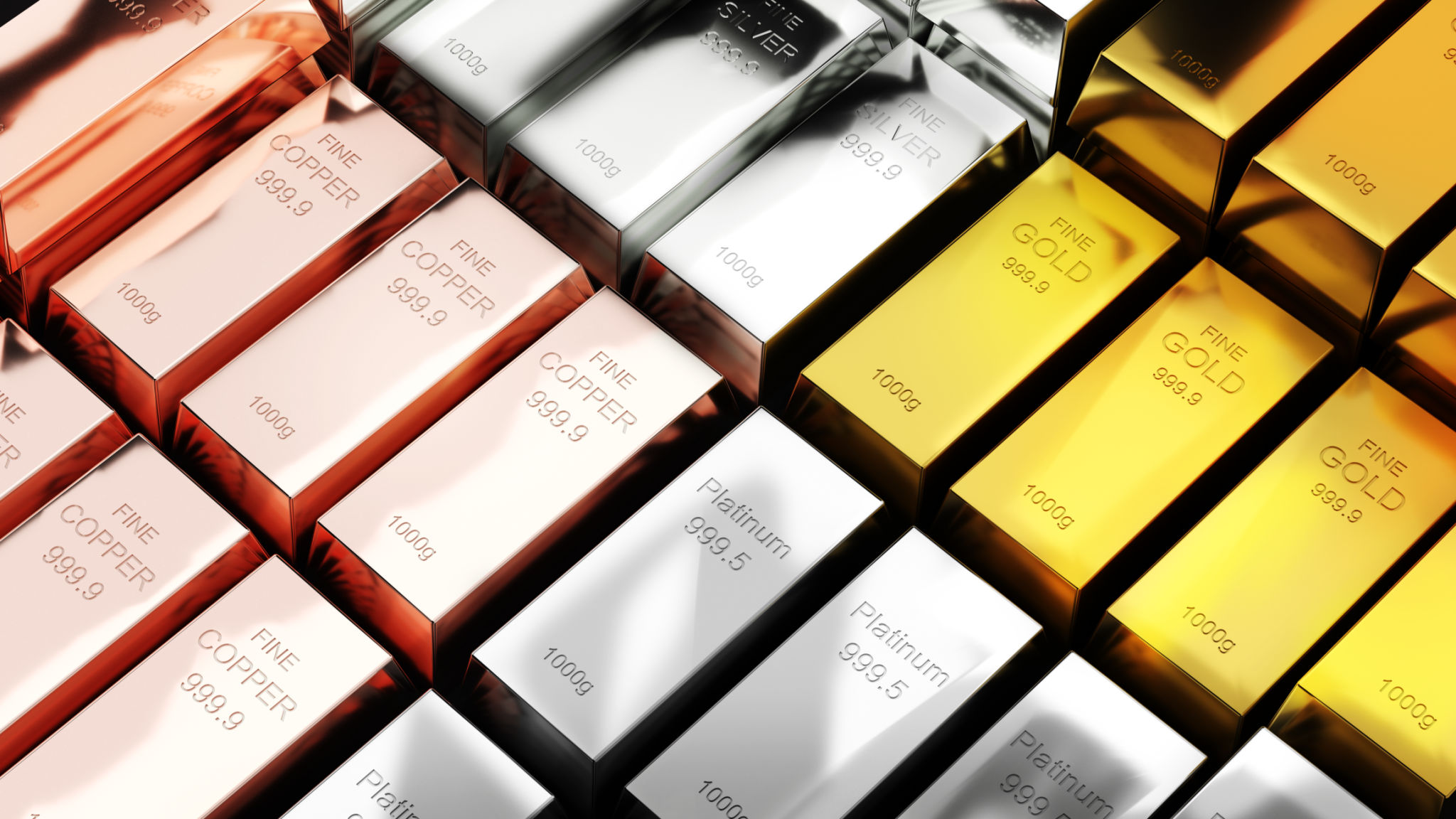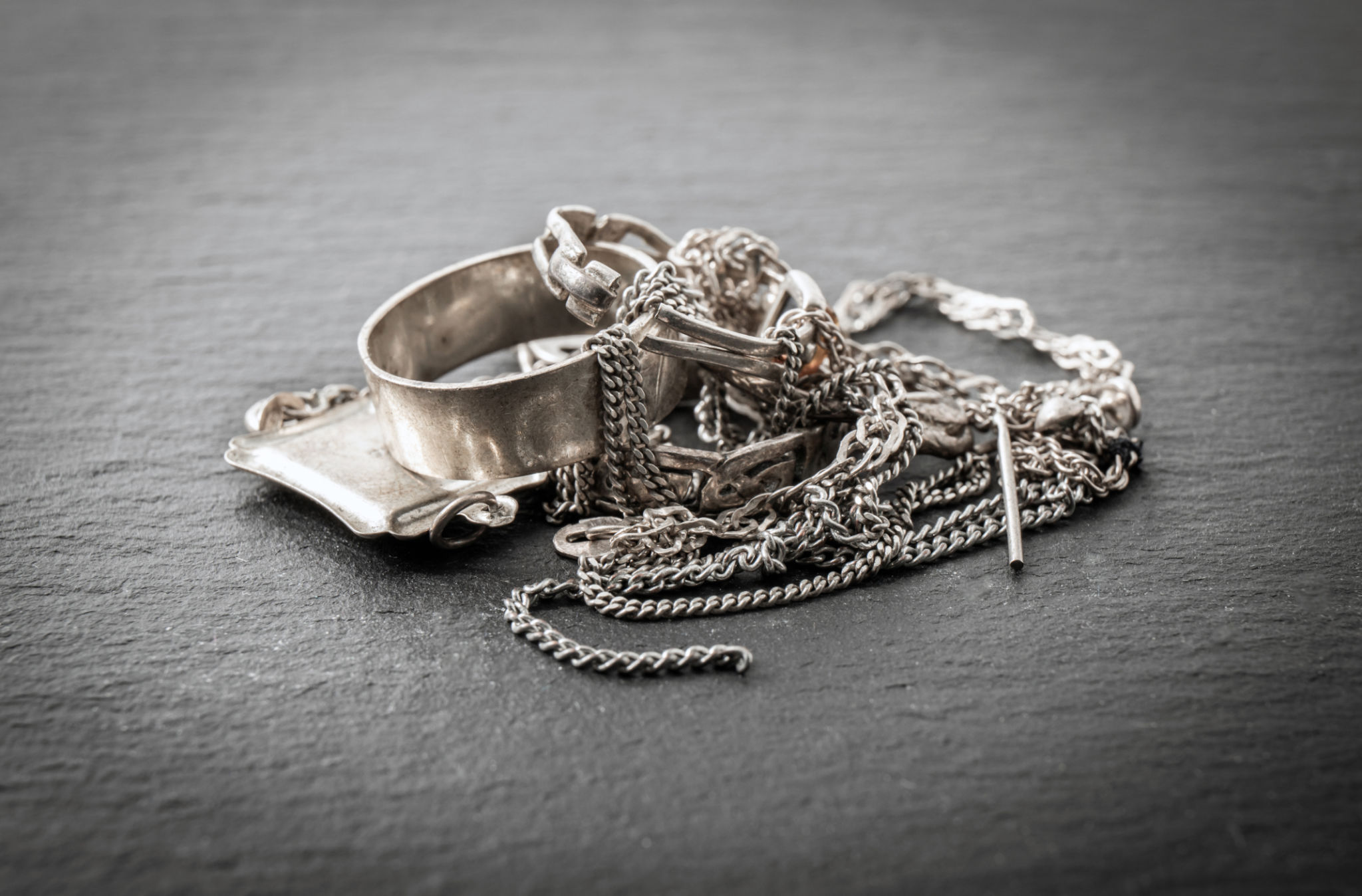Comparing Precious Metals: Which is Best for Your Next Piece?
Understanding Precious Metals
When selecting the perfect metal for your next jewelry piece, understanding the unique properties of each precious metal is crucial. Precious metals not only vary in appearance but also in durability, cost, and suitability for different styles. The most commonly used metals in jewelry making include gold, silver, platinum, and palladium. Each has its distinct characteristics that cater to various preferences and needs.

Gold: The Timeless Classic
Gold has long been revered for its beauty and rarity. Available in various shades such as yellow, white, and rose, gold offers versatility in design. The purity of gold is measured in karats, with 24-karat gold being the purest form. However, 24-karat gold is quite soft and prone to scratches, making it less ideal for everyday wear. Jewelry makers often use 14-karat or 18-karat gold, which combines durability with luster.
Yellow gold maintains a traditional appeal, while white gold offers a modern look similar to platinum but at a lower cost. Rose gold, with its pinkish hue, has gained popularity for its romantic and vintage feel.
Silver: Affordable Elegance
Silver is a popular choice for those seeking affordability without compromising on style. Primarily used in its sterling silver form, which is 92.5% pure silver mixed with other metals for strength, silver offers a bright and shiny finish. It's ideal for intricate designs and everyday wear, though it requires regular cleaning to maintain its shine due to tarnishing.

Silver's affordability makes it an excellent option for statement pieces and fashion jewelry. However, it's essential to be mindful of potential allergies, as some individuals may react to the metal alloys mixed with silver.
Platinum: The Epitome of Luxury
Platinum is often associated with luxury due to its durability and rarity. This precious metal is naturally hypoallergenic and resistant to tarnish, making it an ideal choice for those with sensitive skin or looking for a low-maintenance option. Platinum's dense nature ensures that it holds gemstones securely in place, providing peace of mind for valuable pieces like engagement rings.

While platinum's higher price point may be a deterrent for some, its longevity and enduring appeal make it a worthwhile investment for special occasions.
Palladium: The Modern Alternative
Palladium is a newer contender in the world of precious metals but has quickly gained popularity due to its similar properties to platinum at a more accessible price point. Like platinum, palladium is hypoallergenic and tarnish-resistant. Its lightweight nature makes it comfortable for everyday wear without sacrificing strength or durability.
Palladium's silvery-white hue offers a contemporary look that complements both minimalist and elaborate designs. It's a great alternative for those seeking the benefits of platinum without the associated costs.
Choosing the Right Metal for You
When deciding on the best precious metal for your next piece, consider factors such as budget, lifestyle, and personal style. For those who prioritize tradition and warmth, gold may be the best choice. Silver appeals to individuals who value affordability and versatility. If luxury and longevity are top considerations, platinum is an excellent option. Finally, palladium serves as a modern substitute offering both practicality and elegance.

Ultimately, the right choice will depend on your unique preferences and the intended use of the jewelry piece. Take time to explore each metal's characteristics and consult with a jeweler if needed to ensure you make an informed decision that aligns with your vision.
